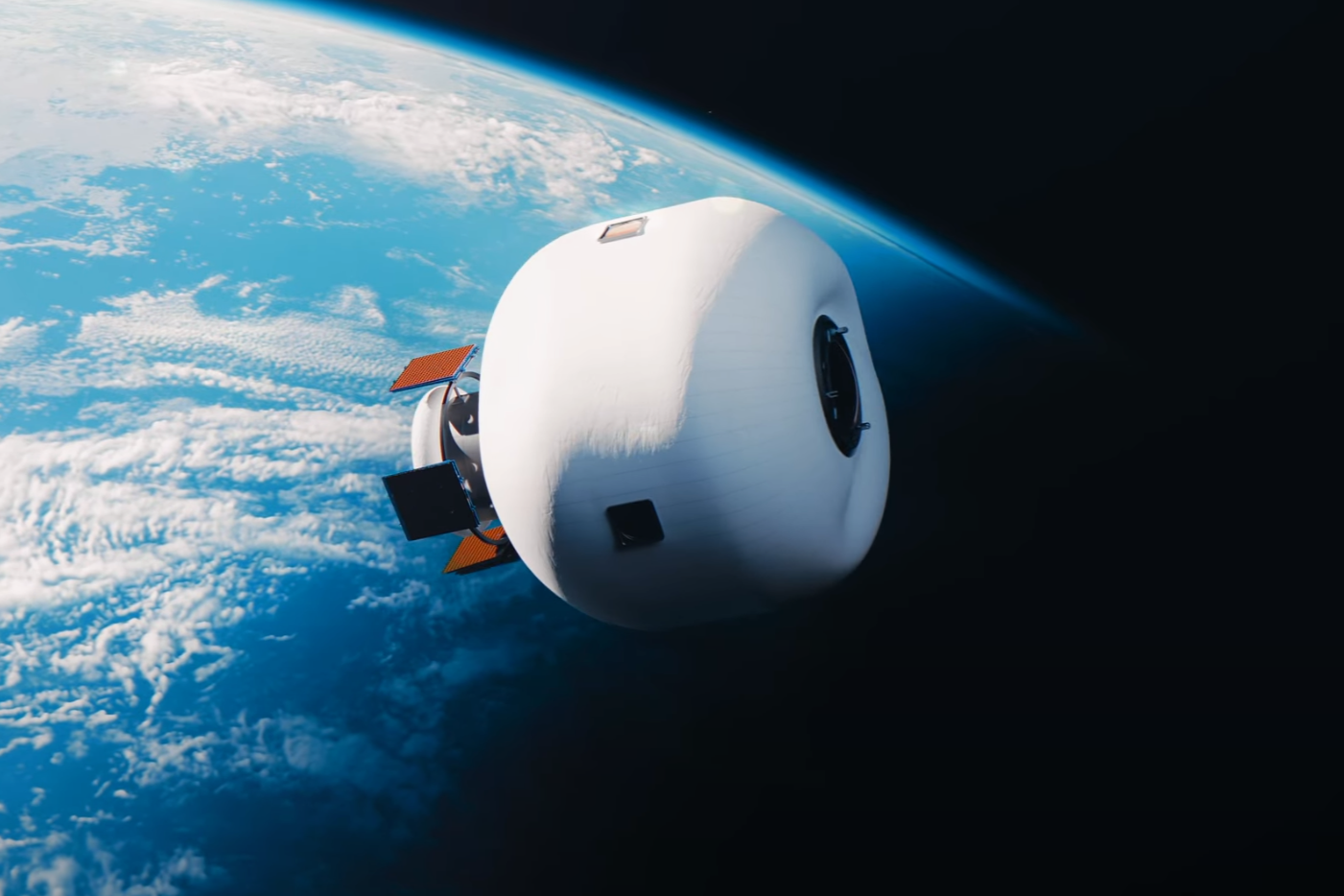Space startup plans to launch ‘stadium-sized’ habitats
‘The problem with space is there isn’t enough habitable space in space,’ says Max Space founder

A US startup plans to launch “stadium-sized” habitats into orbit in order to facilitate farming, tourism and even sporting events in space.
Max Space unveiled its “infinitely expandable” design at the 39th Space Symposium on Tuesday, claiming it can be used to set up space stations in Low Earth Orbit, as well as colonies on the Moon and Mars.
“The problem with space today is there isn’t enough habitable space in space,” said Max Space co-founder Aaron Kemmer.
“Unless we make usable space in space a lot less expensive, and much larger, humanity’s future in space will remain limited.”
The first Max Space habitat is scheduled to launch aboard a SpaceX rocket in 2026, with plans for several more missions before the end of the decade.
Habitats will range from 20 metres³ to 1000 m³, though the company claims there is no theoretical limit to their scalability. The firm hopes to use SpaceX’s massive Starship rocket, which is still under development, to launch space megastructures in the future.
“Almost 20 years ago I designed and built the first two inflatable spacecraft pressure hulls, and they are still orbiting Earth to this day,” said Max Space co-founder Maxim de Jong.
“Despite their success, we realised we couldn’t efficiently scale up to the bigger sizes that we really needed in space. So, after both Genesis craft flew, I took an entirely different design path to ultimately develop an expandable architecture that is fundamentally predictable and infinitely scalable.”
Early applications for the modules could be as storage depots for space propellant, allowing rockets to refuel while in orbit.
Max Space also hopes to secure contracts from Nasa and other government space agencies to build an orbiting space station, with the International Space Station (ISS) set to retire before 2030.
The ISS, which was completed in 2011, cost around $100 billion to construct. Max Space claims it could build a similar-sized structure for just $200 million – just 0.2 per cent of the cost.
Join our commenting forum
Join thought-provoking conversations, follow other Independent readers and see their replies
Comments
Bookmark popover
Removed from bookmarks